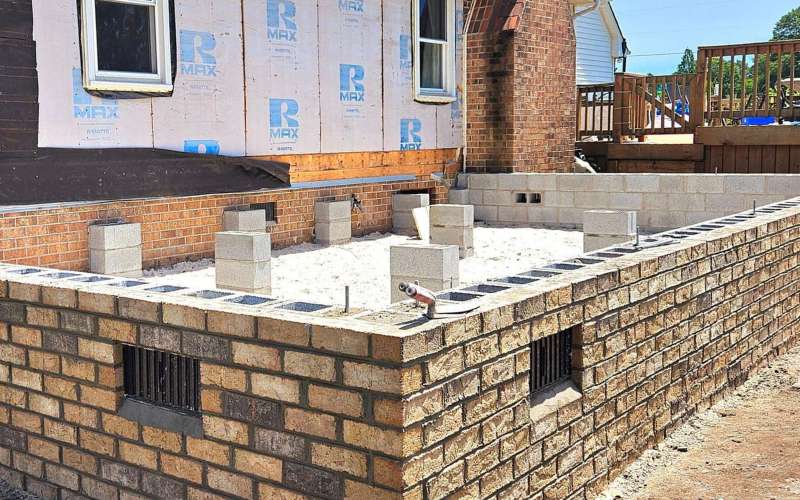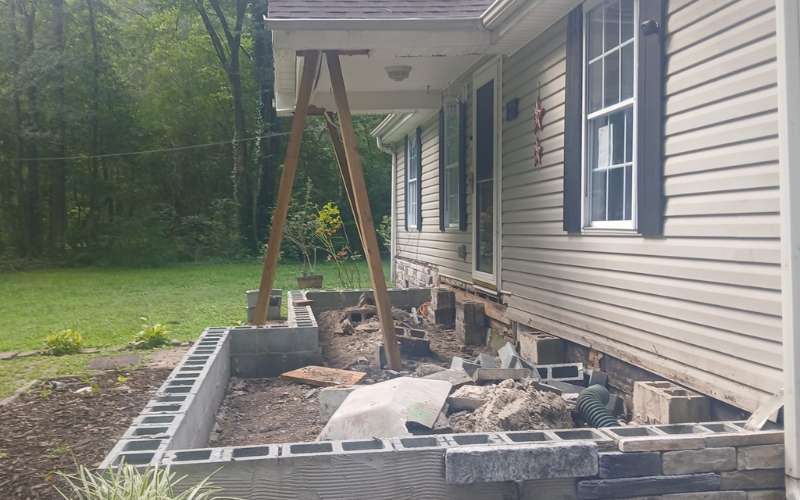Prepping drywall for painting is the key to achieving a smooth, flawless finish. Imagine spending hours painting only to have imperfections show through—frustrating, right? Whether you’re a DIY enthusiast or a seasoned pro, knowing the essential tips for prepping drywall can save you time and ensure professional results. This post will guide you through the process, making it easier to tackle your next painting project with confidence.
Mastering Drywall Preparation: Key Tips for Perfect Painting
1. Why Proper Drywall Preparation Matters
Prepping drywall for painting is not just an extra step; it’s essential for achieving a professional look. Poor preparation can lead to visible flaws, uneven surfaces, and paint that doesn’t adhere properly. By investing time in prepping the drywall, you ensure that your paint job will last longer and look better.
2. Inspect and Repair the Drywall
Before you start painting, carefully inspect the drywall for any damage. Look for cracks, holes, or uneven areas. Use a drywall compound to fill in small holes and cracks. For larger damage, you may need to patch the area with new drywall. Once repairs are made, sand the area smooth so that it blends seamlessly with the rest of the wall.
3. Clean the Surface Thoroughly
A clean surface is crucial when prepping drywall for painting. Dust, dirt, and grease can prevent paint from adhering properly. Wipe down the entire wall with a damp cloth to remove any debris. For greasy spots, use a mild detergent solution. After cleaning, allow the wall to dry completely before moving to the next step.
4. Sanding for a Smooth Finish
Sanding the drywall is an essential part of the preparation process. It helps to smooth out any imperfections and creates a surface that the paint can grip. Use fine-grit sandpaper and lightly sand the entire surface. Pay extra attention to areas around repairs. After sanding, wipe the wall again to remove any dust.
5. Apply a Quality Primer
Applying primer is a step that should never be skipped when prepping drywall for painting. Primer seals the drywall, provides a uniform surface for the paint, and helps the paint adhere better. Choose a primer that’s suitable for your specific paint and drywall type. Apply it evenly with a roller and allow it to dry completely before painting.
6. Addressing Problem Areas
Even with the best preparation, some areas might still need extra attention. For example, if the drywall has been previously painted with a glossy paint, you might need to sand it more thoroughly. If you’re working with new drywall, a special drywall primer may be required. Identifying and addressing these problem areas ensures a flawless finish.
7. Final Checks Before Painting
Before you start painting, do a final check of the drywall. Ensure that all repairs are smooth, the surface is clean, and the primer is completely dry. Take a step back and look at the wall from different angles to catch any imperfections you might have missed. Once you’re satisfied, you’re ready to paint!
Ready to Transform Your Space?
Prepping drywall for painting may seem like a lot of work, but it’s essential for a beautiful, long-lasting finish. Whether you’re repainting a room or tackling a new project, following these tips ensures professional results. If you need expert help or have questions, don’t hesitate to contact us. Let’s make your next painting project a success!



